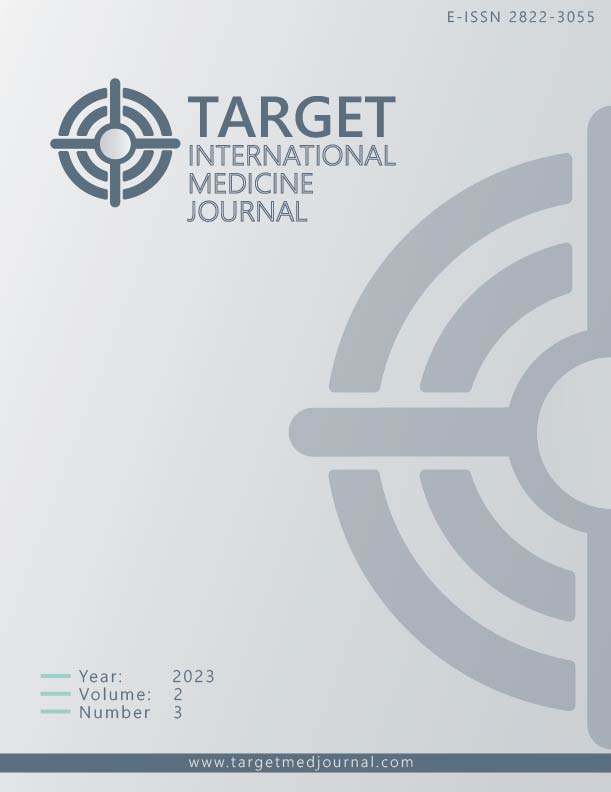Effects of Multiple Peripheral Nerve Blockade on Headache Parameters in Episodic and Chronic Migraine
Author :
Abstract
Keywords
Abstract
Aim: Peripheral nerve blockades are effective in the acute and preventive treatment of many headache disorders. The combined use of multiple occipital and trigeminal nerve branch blockades has not been adequately investigated. In this study, we aimed to investigate the efficacy of multiple cranial nerve blockade (MCNB) in the treatment of episodic and chronic migraine.
Methods: Between 2020 and 2022, local anesthetic 0.5% Bupivacaine (1 ml=0.5 mg) 40-45 mg in a single session was administered to the bilateral greater occipital nerve (GON), lesser occipital nerve (LON), supraorbital nerve (SON), supratrochlear nerve (STC) and auricotemporal nerve (ATN) with a 26 G 13 mm syringe to 32 patients (24 episodic migraine and 8 chronic migraine patients) who failed to respond to preventive medication and/or developed drug intolerance. A total of 5 sessions were repeated at 1st week, 2nd week, 4th week, 2nd month and 3rd month. After each session, information was collected on visual analog scale (VAS) for pain to assess pain intensity, number of attacks, analgesic consumption, cumulative pain duration and MIDAS (baseline-3rd month).
Results: In the Episodic migraine (EM) and Chronic migraine (CM) group pre-procedure; VAS score was median (min-max) 8(5-9),7.5(5-8), number of attacks/months 6.5(3-12),15.5(15-18), analgesic consumption/month 5(2-9),8(2-9), cumulative pain duration/h 15(10-48),13(12-48). At the end of the 3rd month, VAS score was 4(3-7) in EM, 4.5(3-6) in CM, number of attacks 4(1-9),6(3-8), analgesic consumption 5(2-13),5.5(4-12), cumulative pain duration 15.5(5-33),21(10-31), respectively. The variability in headache assessment parameters after multiple cranial nerve blockade (MCNB) was similar in both groups and the difference between the groups was not significant.
Conclusion: In both migraine groups, MCNB containing local anesthetic is effective in pain intensity, number of attacks, analgesic consumption and cumulative pain duration for at least 2 weeks. The prophylactic effect decreases as the interval of local anesthetic application is prolonged and time progresses. MCNB can be used in both episodic migraine and chronic migraine to produce an analgesic effect in the acute phase of refractory pain.
